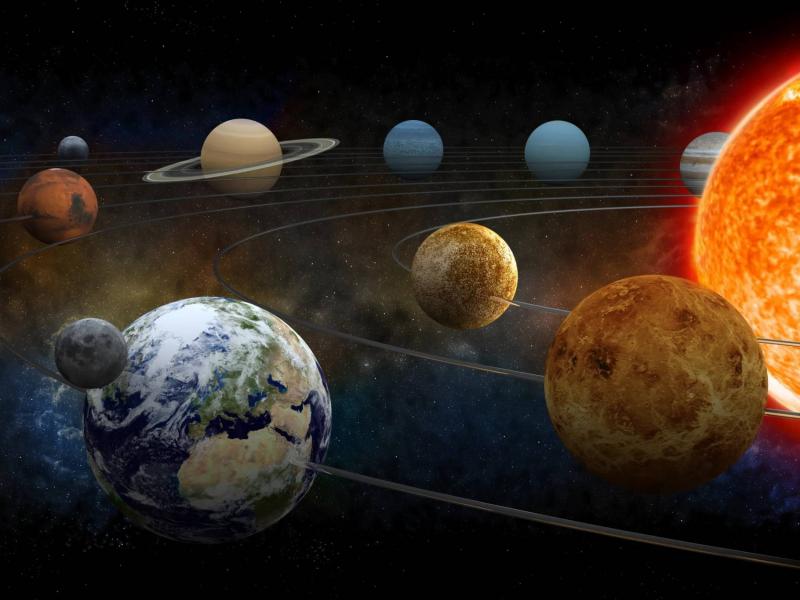For many years, some astronomers have hypothesized that the unusual behavior on the edge of our solar system could be explained by the presence of an undiscovered planet. This assumption helps explain the orbits of objects located at the farthest reaches of our solar system, over 250 times farther from the Sun. Now, astronomer Konstantin Bogdanov and his team say they have found more evidence suggesting the existence of a hidden planet in our solar system.
He noted that the new study represents "the strongest statistical evidence so far that the ninth planet does indeed exist." The scientists looked at a group of trans-Neptunian objects (TNOs), a technical term for bodies located at the edge of the solar system, beyond Neptune. They focused on those objects whose orbits became unstable due to interactions with Neptune's orbit. This instability made understanding them difficult, so astronomers typically avoid using these unstable bodies in their analyses when searching for evidence of the potential ninth planet.
In the new study, the scientists analyzed these unstable bodies and attempted to understand their movements. Dr. Bogdanov claimed that the best explanation for their behavior is that they resulted from another undiscovered planet. The team conducted a series of simulations to understand how the orbits of these bodies are influenced by various factors, including the giant planets around them, such as Neptune, the "galactic tide" coming from the Milky Way, and passing stars.
Dr. Bogdanov stated that the best explanation was from the model that included the ninth planet. The team noted that there are other explanations for the behavior of these objects, including the suggestion that other planets might have influenced their orbits at one time but have since been removed, but they argue that the ninth planet theory remains the best explanation. Scientists indicate that a better understanding of whether the ninth planet exists will come when the Vera C. Rubin Observatory, currently being built in Chile, becomes operational. Once it is operational, it will be able to scan the sky to understand the behavior of these distant bodies. The team wrote in their research paper: "This next phase of exploration promises to provide critical insights into the mysteries of the outer boundaries of our solar system."




